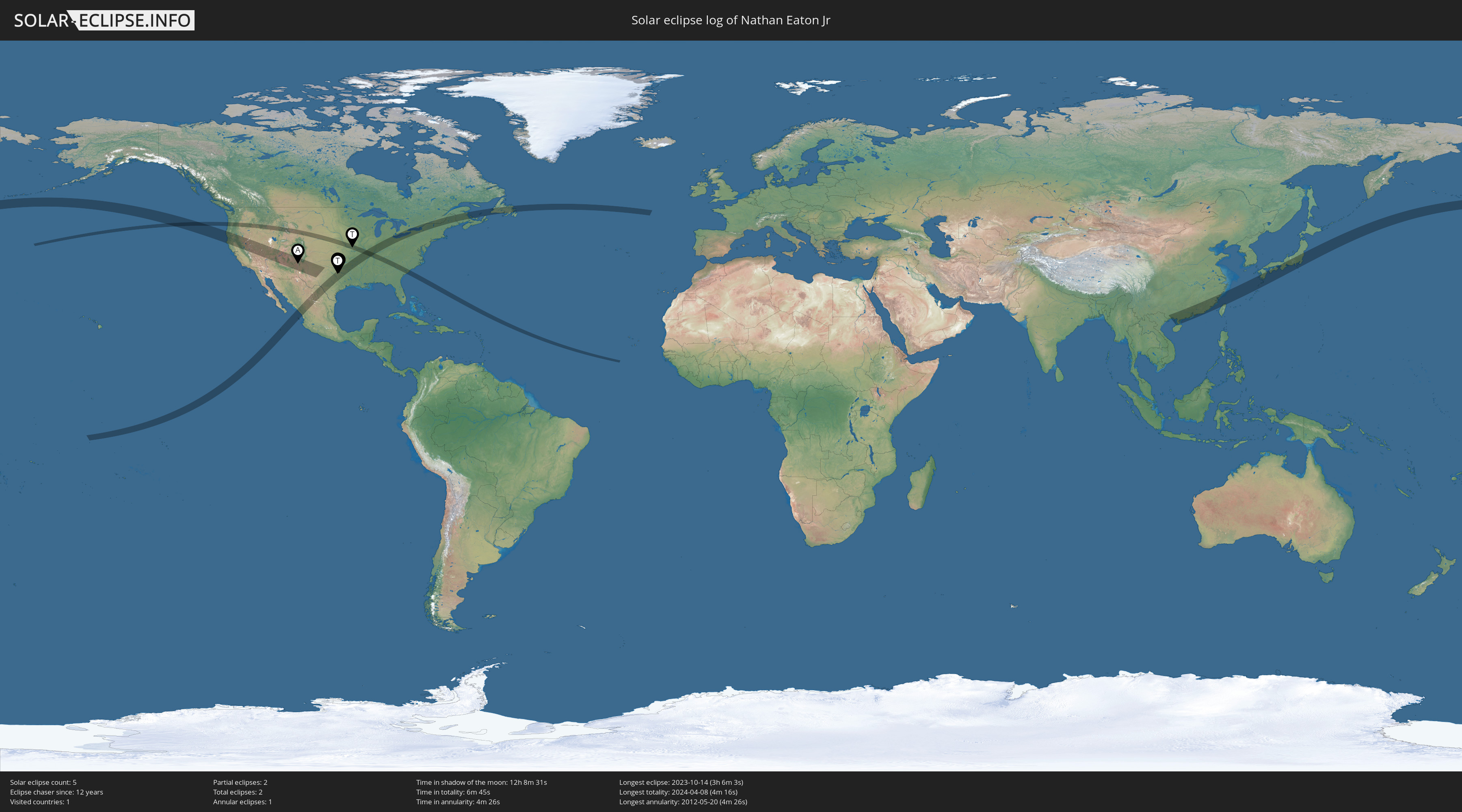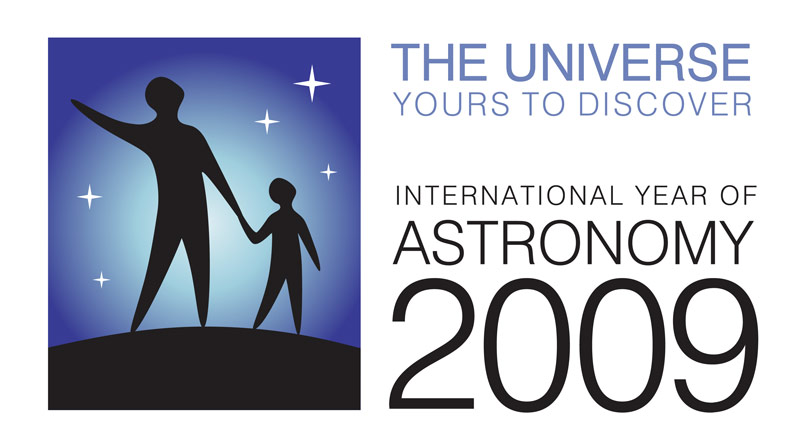- I quit work early
- Linda and I had an early dinner and drove all the way across town
- Showed up an hour and a half before the doors opened to be sure we got good seats
- Sat in rapt attention throughout a show that was supposed to last about 2 hours but went on for over 3 hours
- Stood in line afterwards for 45 minutes to get an autograph
- Didn't get home until well after midnight
 As mentioned in my last post, we'd heard last week that Dr. Neil deGrasse Tyson was scheduled to speak at University of Texas at Arlington last night. Thankfully, we also got a reminder email that mentioned they expected a large turnout. It was good we got there early as, by the time Dr. Tyson took the stage, Texas Hall was completely packed, all 2700 some odd seats. Although the long wait could have been boring, we ran into RCYC friends - Burt and Mary Scott - and had a great time visiting. Burt teaches Astronomy at Eastfield College and is also an avid amateur astronomer - I enjoyed hearing about the new telescope he is building while we waited for the show to start.
As mentioned in my last post, we'd heard last week that Dr. Neil deGrasse Tyson was scheduled to speak at University of Texas at Arlington last night. Thankfully, we also got a reminder email that mentioned they expected a large turnout. It was good we got there early as, by the time Dr. Tyson took the stage, Texas Hall was completely packed, all 2700 some odd seats. Although the long wait could have been boring, we ran into RCYC friends - Burt and Mary Scott - and had a great time visiting. Burt teaches Astronomy at Eastfield College and is also an avid amateur astronomer - I enjoyed hearing about the new telescope he is building while we waited for the show to start.If you've ever seen Dr. Tyson on PBS, the Tonight Show, the Daily Show or any of his other appearances on TV, you understand what a dynamic speaker he is. And while many people know him as one of the most vocal advocates for the idea that Pluto is not the 9th planet but instead the first Kuiper Belt object discovered, that wasn't what he was in town to talk about. Instead, he was here to talk about science illiteracy in America and to explain his ideas on what to do about it.
 Before getting down to business, Dr. Tyson first got comfortable, unloading his pockets of wallet and cell phone and even shedding his cowboy boots. Although he was born and raised in New York, he spent 6 years working on a Masters Degree at University of Texas in Austin and obviously picked up on our local fashion sense and attitudes towards casual attire.
Before getting down to business, Dr. Tyson first got comfortable, unloading his pockets of wallet and cell phone and even shedding his cowboy boots. Although he was born and raised in New York, he spent 6 years working on a Masters Degree at University of Texas in Austin and obviously picked up on our local fashion sense and attitudes towards casual attire.Dr. Tyson then illustrated and described the history of commitment to science by various countries and cultures, starting with a series of diagrams based on the Periodic Table of Elements. This wasn't anything like the PTE you dreaded in high school - it was more of a map and timeline, showing things like which countries discovered (and named) each element, when they were discovered, etc. In the end, the picture he painted was that until recently the U.S. has been a dominent force in scientific discovery but that the new trend is diminishing emphasis on (and investment in) science. He then went on to cover numerous examples of our cultural scientific ignorance including our fear of the number 13 (most buildings still don't have a 13th floor) and celebration of Groundhog Day (when you didn't have advanced computer models to tell you what to expect of the weather, you might as well let a ground hog decide but why do we still bother?).
There were two other key points from Dr. Tyson's presentation. First, that significant investment in science most frequently stems from war or, in the past, colonial expansion. Examples include the influence the Cold War had on the Space Race between the U.S. and Russia and the failure to fund completion of the Super Conducting Super Collider as the Cold War ended. Second, that there is no better way to ensure economic growth and prosperity than through scientific innovation. The bottom line? It's that our future depends on changing the trend, finding ways to increase interest in science education, bring about cultural change such that we celebrate and embrace science and scientific advancement rather than shun it, and to stimulate investment in scientific research. Preferably without another war.
Many of the ideas he proposed centered on NASA. In speaking on NASA's role in American science, he suggested that instead of continuing to invest resources in "going where hundreds have gone before" - sending men into low earth orbit - NASA should leave that to commercial companies and go back to pushing the boundaries of space exploration, pursuing lofty goals such as sending men to Mars or mining asteroids for natural resources. Besides facilitating accomplishments for which there is not yet a viable business model, NASA would be continuing its historical role of achieving the seemingly impossible and, in doing so, inspire new generations of scientists. Of course, that sort of thing isn't cheap but Dr. Tyson stressed how little it would take citing that NASA's entire budget is currently only 6 tenths of a cent out of every tax dollar. Imagine what they could do if we spent just another 6 tenths of a cent per tax dollar to double NASA's budget...
Dr. Tyson ended his talk with a mathmatical progression, starting with 1 and ending with one quadrillion, using each step to relate the number to something concrete such as the number of grains of sand on a beach (having fun with dimmed lights and the number Sextillion along the way). While some people look at images such as the densely packed starfield projected behind Dr. Tyson to illustrate septillion (the number of stars in the observable universe) and feel small, he said that he prefers to look at it in a different way. Knowing that we are made of the same elements as the cosmos and that, in spite of how little we understand about the universe, the human mind was capable of building the Hubble Space Telescope and discovering just how vast the universe is gives him a feeling of connection to the cosmos and an appreciation of its majesty.
After his presentation Dr. Tyson conducted an extended Q&A session, finally wrapping up over 3 hours after he started. It's late now (need to catch up on the sleep I didn't get last night) so I won't get into details on his responses other than to highlight one of the last and most amusing. A 10 year old boy stepped up to the microphone to ask what Dr. Tyson would do with a black hole if he could control one. After asking why the boy was up so late (answer: he's home schooled and was there on a field trip with his parents), he explained how hard it would be to control a black hole but that, if you could, what a great trash dump it would make!
 By the way, if there is any question of who the Geek is in the title of this post, who do you think surprised Dr. Tyson by bringing an article on the Pluto debate from the December issue of Sky and Telescope for him to sign? I guess that makes me almost as big a geek as the guy who brought in a telescope eyepiece for him to sign.
By the way, if there is any question of who the Geek is in the title of this post, who do you think surprised Dr. Tyson by bringing an article on the Pluto debate from the December issue of Sky and Telescope for him to sign? I guess that makes me almost as big a geek as the guy who brought in a telescope eyepiece for him to sign.Another great way to celebrate IYA2009!
Related links
UTA article on Dr. Tyson's apperance
News video on WB 33 TV
Interview on KERA program Think
The Pluto Files





















 The journey continues beyond 2009... check it out!
The journey continues beyond 2009... check it out!

Pluto is not just like any other Kuiper Belt Object. Saying that is ignoring the fact that by being spherical, due to being in a state of hydrostatic equilibrium, Pluto is far more akin to the larger planets than to shapeless Kuiper Belt Objects. Tyson chooses to ignore hydrostatic equilibrium, but it is the hallmark of what makes an object a planet. He is also ambivalent about the IAU vote, on the one hand describing it as "flawed," and on the other citing it to vindicate his decision to leave Pluto out of the Rose Center display.
ReplyDeleteSaying a dwarf planet is not a planet at all (which is what the IAU did) makes no scientific or linguistic sense. It is inconsistent with the use of the term "dwarf" in astronomy, where dwarf stars are still stars, and dwarf galaxies are still galaxies.
An alternative planet definition favored by many astronomers keeps the term planet broad to include any non-self-luminous spheroidal object in orbit around a star. By that definition, our solar system currently has 13 planets, of which Pluto is the tenth: Mercury, Venus, Earth, Mars, Ceres, Jupiter, Saturn, Uranus, Neptune, Pluto, Haumea, Makemake, and Eris.